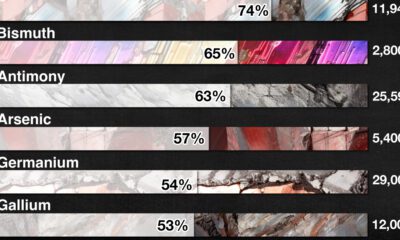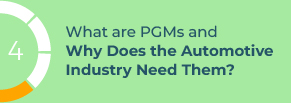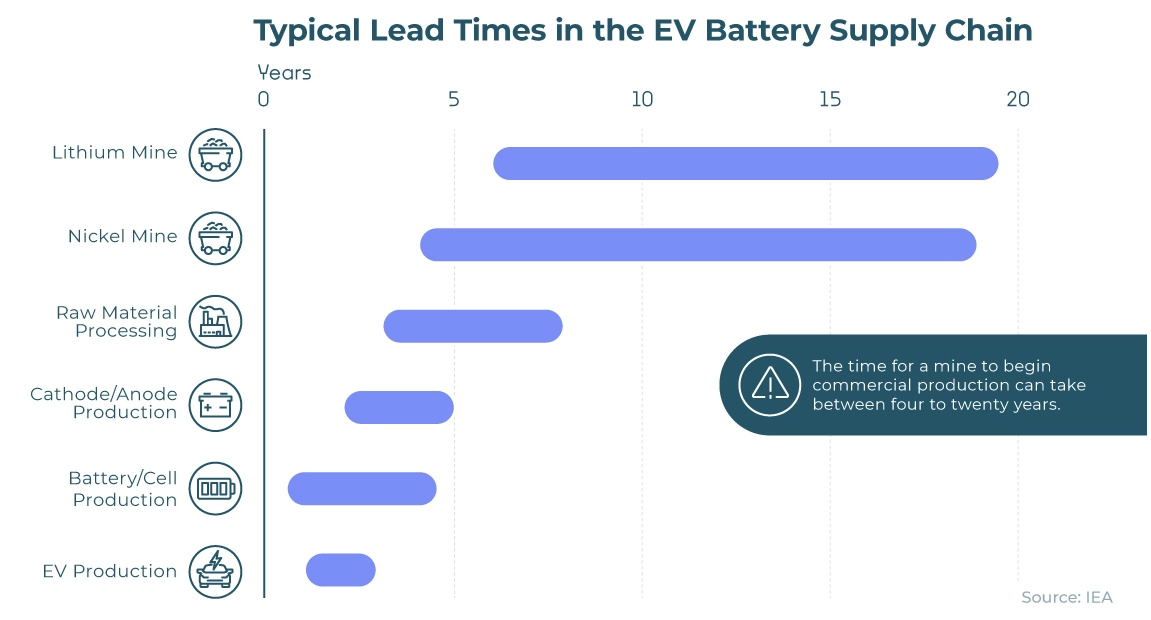Can Electric Vehicle Targets Be Met?

Can Electric Vehicle Targets Be Met?
By 2040, just 38% of the automotive market will be made up of battery electric vehicles (BEVs). The problem is, this number needs to hit at least 65% in order to reach net-zero targets.
The above infographic sponsored by KGP Auto explores this theory further, and breaks down some of the key reasons why the EV market needs to urgently shift gears in order to make mass adoption a reality. First, let’s take a bird’s eye view of the market for context.
The EV Market So Far
In 2021, global electric vehicle sales doubled—however some regions contributed a lot more than others.
China, Europe, and the U.S. made up nearly two-thirds of the EV market and 95% of total electric car sales in 2021. In fact, China sold more electric cars in 2021 than the rest of the world combined in 2020.
Global forecasts for EV rollouts vary, with countries around the world pledging targets for 2035 and 2040. At The UN Climate Change Conference (COP26), more than 100 stakeholders signed a declaration to speed up the transition to 100% zero emission cars and vans by 2035-2040.
Why Is It Unlikely We Will Meet Targets?
Even as pledges vow to increase the forecast share of EV adoption, we still need to consider headwinds that will slow down the EV rollout.
Roadblock 1: Resource Constraints
Sourcing critical raw materials will be the most significant challenge for the rollout of EVs, as demand outstrips supply.
Although some areas of the EV production line can be fast-tracked, mineral extraction times cannot, which will cause major setbacks to EV production. In fact, it can take anywhere from 4-20 years for a mine to begin commercial production.
In addition to the time taken to achieve commercial production levels, a mine can take up to another 10 years before reaching nameplate production capacity.
Roadblock 2: Cost
Although EVs are becoming more affordable, purchase price remains high in emerging markets, limiting mass adoption.
Many countries have been slower to incorporate EVs into their automotive fleets, with India, Brazil, and Indonesia making up less than 0.5% of global electric vehicle sales in 2021.
A continued increase in the cost of raw materials as well as global interest rate rises may also contribute to limited affordability and slow mass adoption.
Roadblock 3: Infrastructure
The growing construction of charging infrastructure will also increase demand for raw materials like copper and nickel.
Charging infrastructure also varies across markets, with France, Germany, and the UK currently not meeting EU charger availability recommendations.
Providing enough charging infrastructure will be especially difficult in emerging markets.
Another Road to Decarbonization
While the rollout of EVs is underway, the momentum needed to reach net-zero targets will be slowed by resource constraints, cost, and infrastructure. It’s therefore essential we consider all paths to decarbonizing the auto industry.
Alternative solutions such as a fuel-mix strategy laid out in KGP Auto’s new report could sustain momentum to net-zero targets, with internal combustion engines (ICEs) continuing to make up the majority of market share for the next few decades.
In this strategy, ICEs, plug-in hybrid vehicles (PHEVs), and fuel cell electric vehicles (FCEVs) with alternative fuels such as hydrogen would bridge the gap to net-zero targets as raw-material supply, infrastructure, and affordability improve to support BEVs.
>> Read KGP Auto’s Powertrain Outlook Report to learn more.

-

 Lithium11 hours ago
Lithium11 hours agoRanked: The Top 10 EV Battery Manufacturers in 2023
Asia dominates this ranking of the world’s largest EV battery manufacturers in 2023.
-

 Mining6 days ago
Mining6 days agoGold vs. S&P 500: Which Has Grown More Over Five Years?
The price of gold has set record highs in 2024, but how has this precious metal performed relative to the S&P 500?
-

 Mining3 weeks ago
Mining3 weeks agoCharted: The Value Gap Between the Gold Price and Gold Miners
While the price of gold has reached new record highs in 2024, gold mining stocks are still far from their 2011 peaks.
-

 Uranium2 months ago
Uranium2 months agoCharted: Global Uranium Reserves, by Country
We visualize the distribution of the world’s uranium reserves by country, with 3 countries accounting for more than half of total reserves.
-

 Energy4 months ago
Energy4 months agoThe Periodic Table of Commodity Returns (2014-2023)
Commodity returns in 2023 took a hit. This graphic shows the performance of commodities like gold, oil, nickel, and corn over the last decade.
-

 Mining4 months ago
Mining4 months agoChina Dominates the Supply of U.S. Critical Minerals List
The U.S. Geological Survey estimates that in 2022, China was the world’s leading producer of 30 out of 50 entries on the U.S. critical minerals list.






